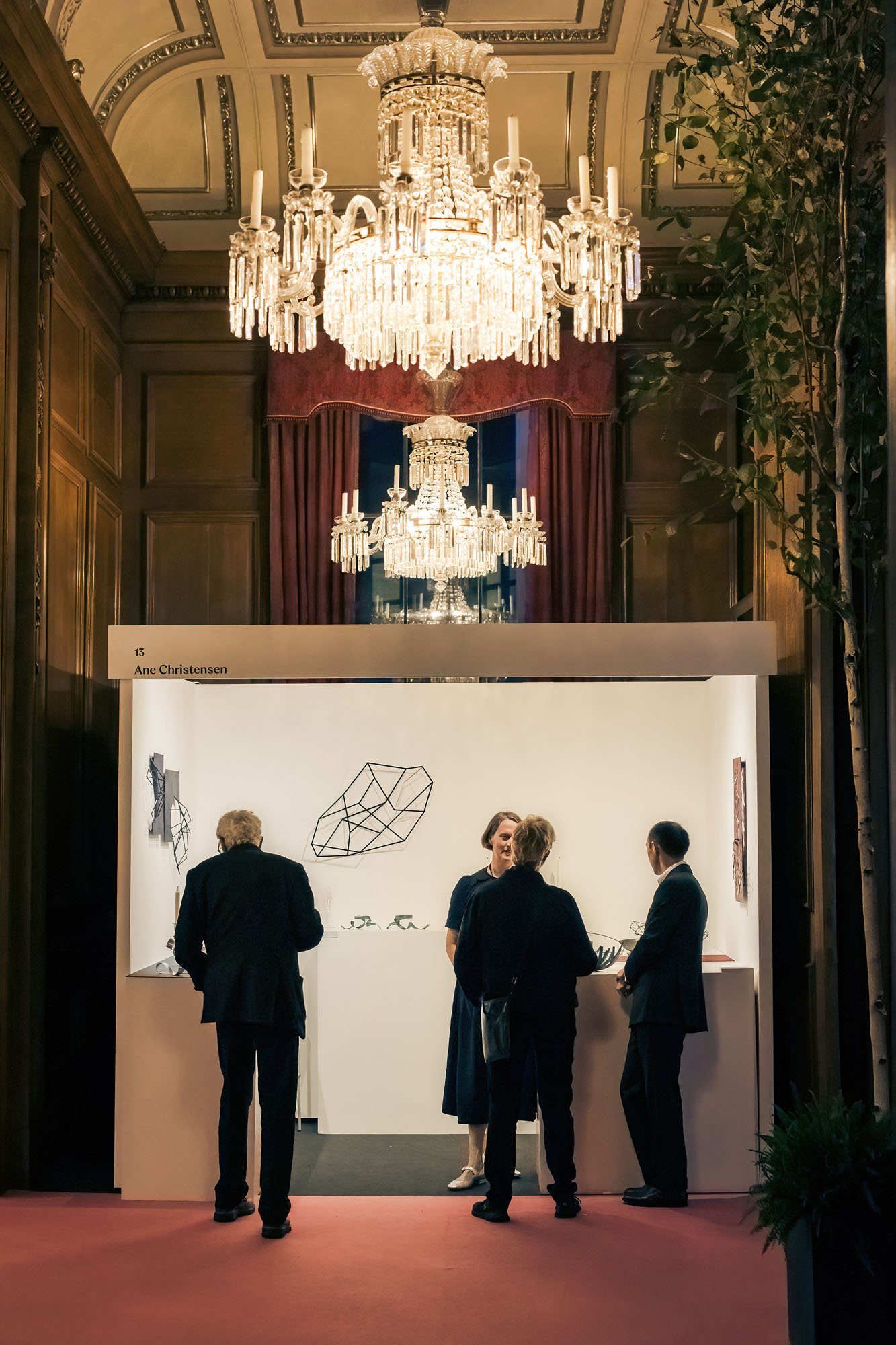
A stone’s throw from London’s St. Paul’s Cathedral, the Barbican, and glittering high rise buildings, is Goldsmiths’ Hall, where contemporary industry and centuries-old craft collide. What began as a humble trade guild way back in 1327 has evolved into a vast cultural institution devoted to the tradition of silversmithing. Goldsmiths’ Fair is central to this project, bringing together emerging and established jewelry designers to push the boundaries of design using natural materials and celebrate their handcrafted work.
“Goldsmiths’ Fair is shaped by its extraordinary heritage and setting. Run by the Goldsmiths’ Company—a cultural institution with centuries of history doing meaningful work in the contemporary world—the fair reflects both tradition and innovation,” says Harriett Scott, head of the Goldsmith’s Fair.
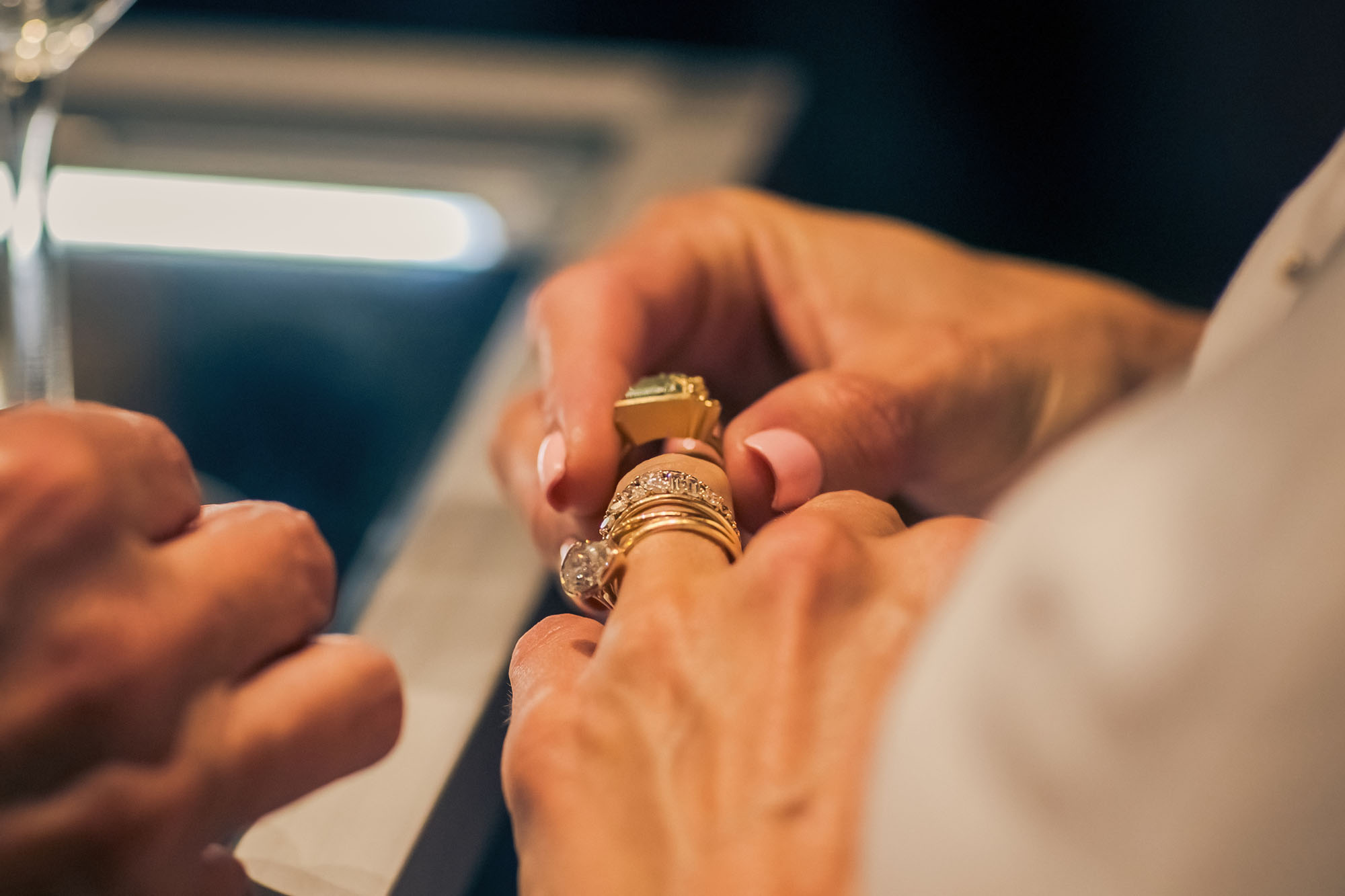
Visitors to this year’s event, which runs for two weeks from Sept. 23 – 28 and Sept. 30 – Oct. 5, can peruse an expansive selection of contemporary creations including acrylic earrings by Emmeline Hastings (Scott is eyeing a pair of these for herself), anthropomorphic silver objects by Francisca Onumah, bowls inspired by ancient paintings from Samuel Waterhouse, and brooches by Inca Starzinsky. This year also sees the launch of the Goldsmith Company’s Emerging Business Bursary, which spotlights 10 promising designers and comes with a £1,500 grant.
“Our visitors aren’t typically chasing trends—in fact, our makers often defy them,” says Scott. “Each exhibitor brings a highly individual voice and style to their craft and collections, and that’s what draws people to the fair: the opportunity to discover something distinctive, meaningful, and completely unique.”
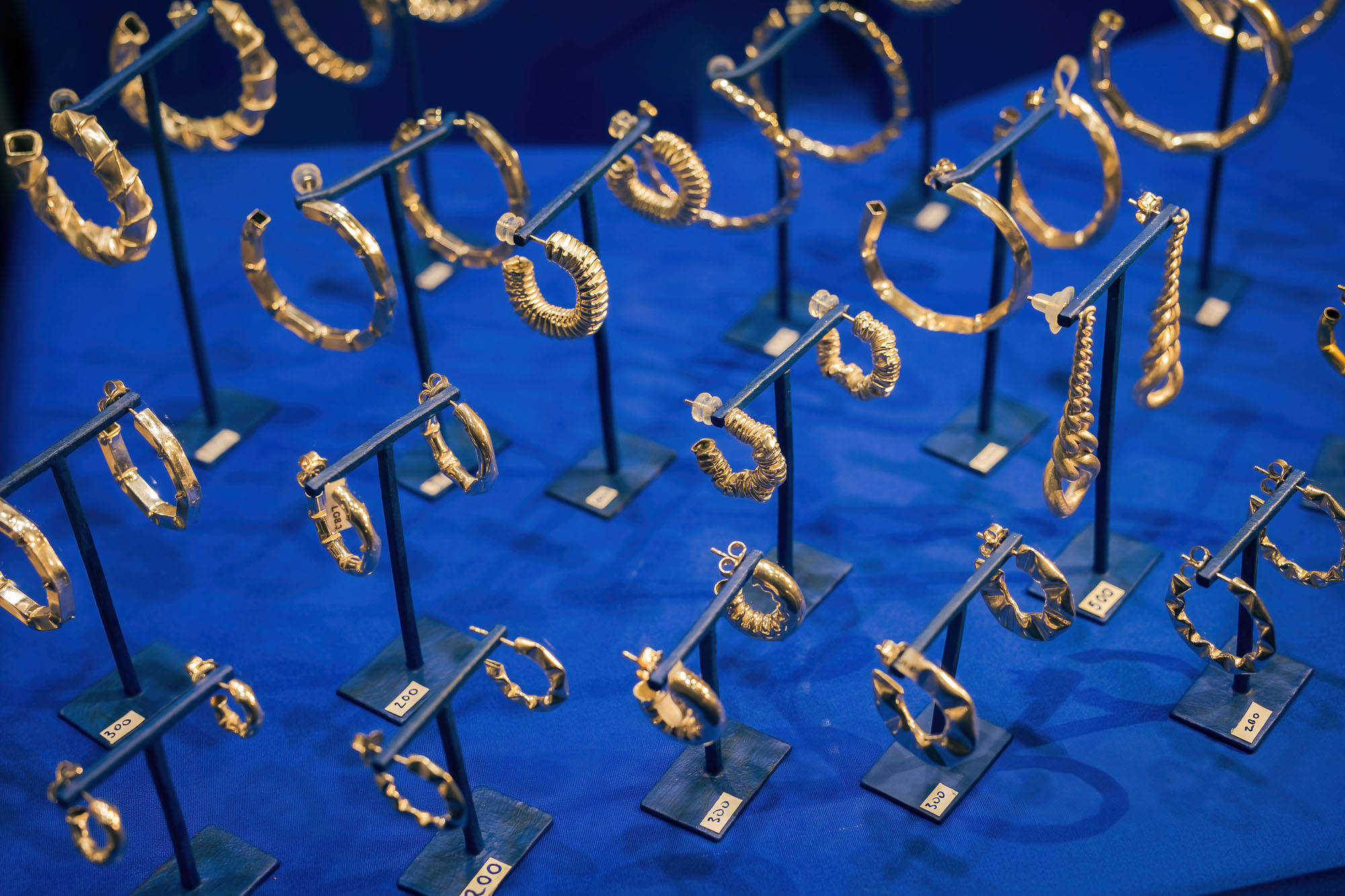
At Goldsmiths’ Hall, visitors will encounter everything from elegant functional objects like silver spoons and gravity defying candlesticks to one-of-a-kind sculptural pieces. The locale itself is a testament to the enduring power of English decorative arts. Completed in 1835, the opulent space is a Greek and Roman Revivalist dream with hints of an English reinterpretation of Rococo, rife with 17th-century tapestries, palatial glass chandeliers, and gold leaf crown moldings. Artist-jeweler Ella Fearon-Low will debut a new site-specific installation, Jewels for the Hall, in the foyer, woven amongst Neo-Classical cherubs and marble archways.
Ultimately, the fair is a celebration of individual expression through design. Festival organizers even say they’ve noticed a greater shift towards shopping for personal wardrobes, rather than just gifts. “Jewelry is the earliest and most personal form of art,” says Scott. “It commemorates, celebrates, and holds deep meaning. People return to it not only as a luxury, but as a legacy.”

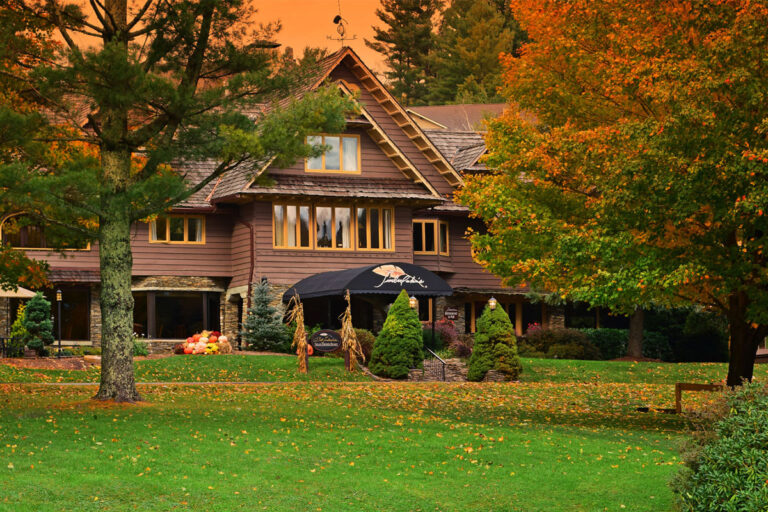
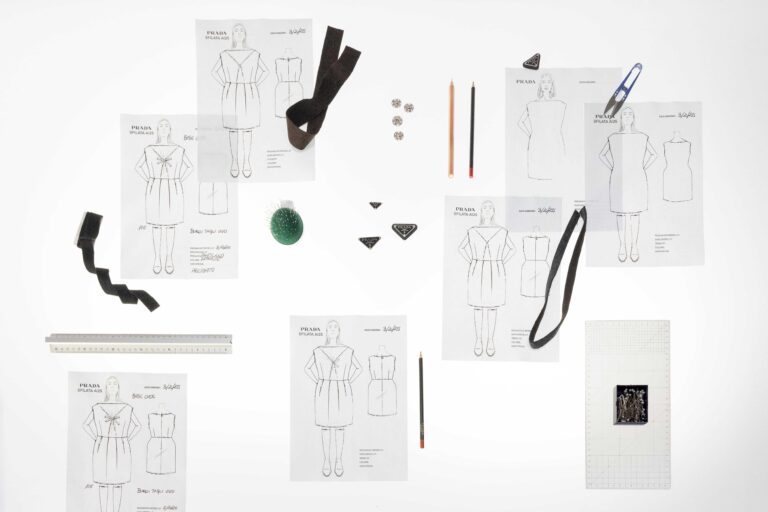
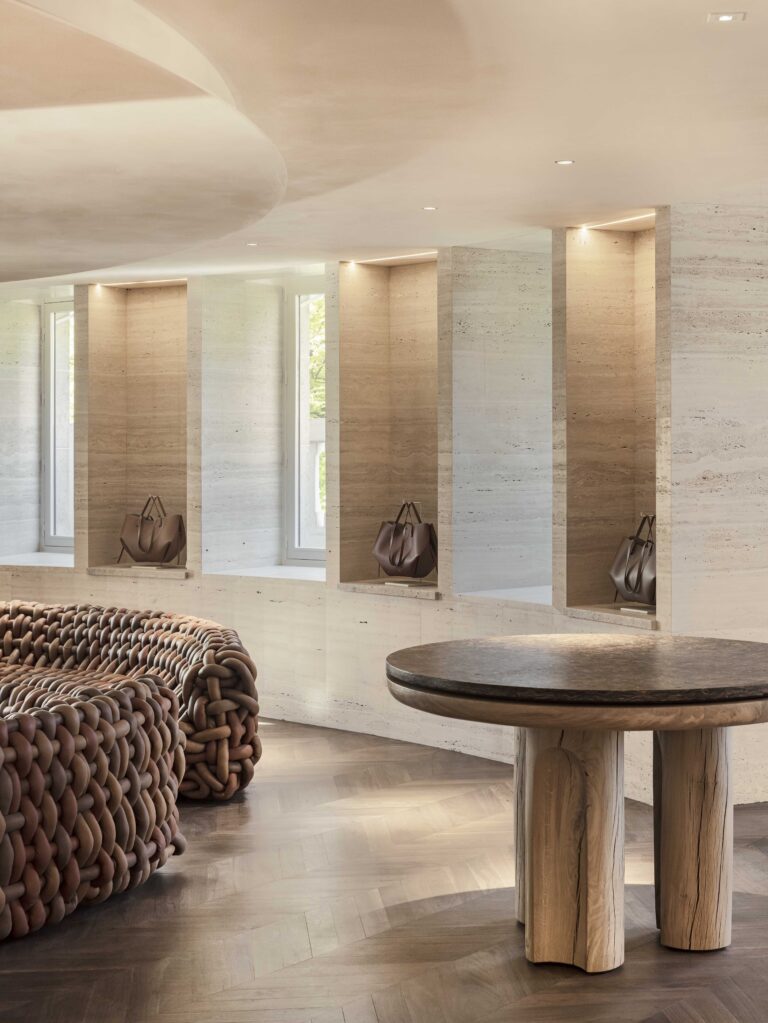
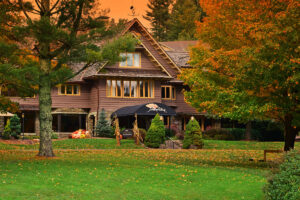
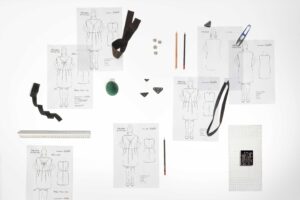
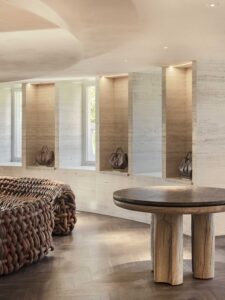



 in your life?
in your life?

